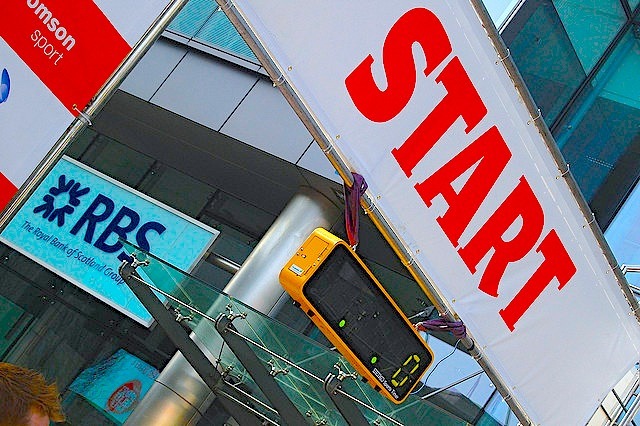Family businesses are great. You get to do what you love surrounded by the people…

On-boarding New PR Clients
 Makasha Dorsey over at Solo PR Pro quoted me for a recent article on how to get PR clients up and running quickly. If you haven’t read her posts, you should. There are a ton of great posts for both consulting pros and internal teams.
Makasha Dorsey over at Solo PR Pro quoted me for a recent article on how to get PR clients up and running quickly. If you haven’t read her posts, you should. There are a ton of great posts for both consulting pros and internal teams.
Matthew Turner of the Boston Turner Group believes that “face-time with the right executives and subject matter experts” is necessary to pull off tactics. Turner says, “A successful PR strategy requires the executives to be available often on a moment’s notice. The more nimble you are in responding to the requests of harried journalists, the more likely you will help them and earn their trust and ink. If I can’t get executive support, I need to know that early on so that I can adjust my strategy toward more long-term article pitches and a direct-to-audience social media strategy.”
Makasha, thanks, you rock.
For those of you who are interested in my typical onboarding process, I onboard new clients in six main areas:
1. What is their current brand awareness in the market? I’ll interview the client and if possible, some of their customers and partners to get an idea of outsider perceptions as well as important topical areas. Then I’ll listen to their target customers and the media that serves them. There are a lot of social media tools you can use for this, but even Google Alerts and Google Blog Search are great places to start. How are they covered in local, national, international and niche trade publications? What are their current relationships like with important journalists, analysts, bloggers and thought leaders? Do they have subject matter experts that you can rely on for expert interviews?
2. Next I like to look at their current messaging platform. What is the brand position they are trying to own? This is something I do for all clients for every project, even non-PR clients. Have they already carved out their unique market position or are they just playing catch-up in a “me-too” strategy?
3. I then do my best to line up internal support for our PR initiatives. (See my quote in Makasha’s article).
4. I then identify important editorial calendar opportunities in target publications. But also as part of this process, I establish a cadence for their internal bloggers and copywriters or I set up a calendar of my own if they are outsourcing their content to me.
5. Next, I work with their team to craft key messages and audit their current marketing assets. Public relations requires consistency and cadence to reinforce their market position. You have to repeatedly get out news, posts, tweets and more that reinforce their unique market position. And you have to do this with regular frequency. I want my clients to develop instincts about their core message through repetition so that they are always on point with their customers and contacts. Sometimes there are gaps in their media assets. A lot of new clients already issue press releases, have a database of contacts and provide a basic press kit. But have they considered everything at their disposal, things like white papers, video, pictures, a directory of experts and more?
6. Finally, we work together on budget and goal metrics. What kind of ROI are we targeting and how should we measure our success? Is the goal brand awareness, search engine optimization, niche though leadership, new posts and retweets or some other combination? Can we afford to get to where we want to go? What is their competition spending on PR today? It’s important to set these benchmarks before you press the “go” button.
[divider]Photo credit: jayneandd



